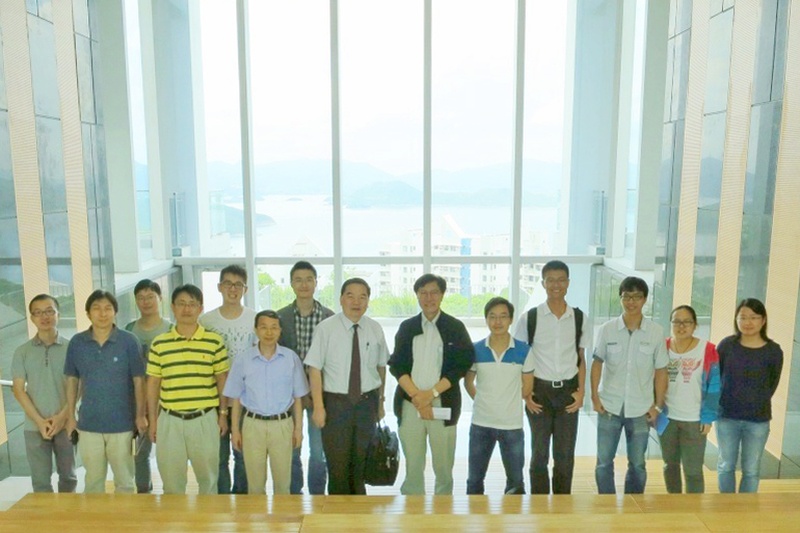Enhanced Catalysis with Nano Confinement
Abstract
Catalysis is a science at the interface between chemistry, physics, biology, engineering and material sciences that enables chemical processes to be realized in a cost-, energy and eco-efficient way. Since the 20th century, catalysis has been a core technology in the many aspects of national economy, including petroleum refining, fertilizer/chemical synthesis, and pollution control. Tailoring catalysts or catalytic processes have long been designated to be the "Holy Grail" of catalytic chemistry, or even in the field of chemistry. The development of surface science and nano- science and technology has thus brought a huge opportunity for catalysis researchers to tailor the electronic structures of catalysts and, subsequently, the catalytic processes. In this talk, a unique effect of electronic and structural confinement on catalysis will be demonstrated, and the emphasis will be laid on the interfacial interaction between nano-sized oxide islands and the surfaces of noble metals. It is well recognized that the oxides are not just a support to help the dispersion of supported metal nanoparticles, but rather interact with supported metal nanoparticles and affect the catalysis. The critical role of oxides in catalytic reactions can become very prominent when oxides cover metal surfaces forming the inverse catalysts. In this talk, a strategy to confine the active coordinatively unsaturated (CUS) centers on the solid surface at the interface between a TM oxide (TMO) and a noble metal (NM) will be demonstrated. The TM cations of the oxide bind strongly to NM atoms at the interface, forming oxygen-terminated-bilayer TMO nanostructures, and the resulting CUS sites at the edges of the TMO nanostructure are highly active for catalytic oxidation reactions. Meanwhile, the strong interactions between TMOs and NMs prevent further oxidation of the bilayer TMO phases, which would otherwise result in the saturation of oxygen coordination and the deactivation of the CUS cations. The speaker will report the recent progress of his research group on oxide-on-metal inverse catalysts, mainly the TMO-on-Pt (TM = Fe, Co, and Ni) systems, and he will discuss the interface-confinement effect, an important factor in the behavior of these catalytic systems. The importance of the oxide metal interfaces in the creation and stabilization of surface active centers, and reveal the reaction mechanism at these active sites will be illustrated with a series of results from surface science studies and density functional theory calculations.
About the speaker
Prof. Bao Xinhe received his PhD in Physical Chemistry from Fudan University in 1987, and was lecturer there for 2 years. He then worked as Alexander von Humboldt Research Fellow and later guest scientist at the Fritz Haber Institute of the Max Planck Society from 1989 to 1995. He became Full Professor of the Dalian Institute of Chemical Physics of the Chinese Academy of Sciences (CAS) in 1995 and the group leader of the Nano and Interface Catalysis at the State Key Laboratory of Catalysis later. He was the Institute Director from 2000 to 2007, and was appointed President of Shenyang Branch of the CAS in 2009. He is also the vice President of the Chemistry Society of China and the President of Chinese Society of Catalysis.
Prof. Bao's research focuses mainly on the fundamental understanding of catalysis, and its application to the development of new catalysts and catalytic processes related to energy conversion, in particular clean coal and natural gas utilization. He has published more than 500 scientific papers with citation over 10,000 times, and filed 75 patents. He is co-editor-in-chief of the Journal of Energy Chemistry.
Prof. Bao received awards including the Natural Science Award and HLHL Prize. He is a Member of CAS and the Academy of Sciences for the Developing World, and a Fellow of the Royal Society of Chemistry.










